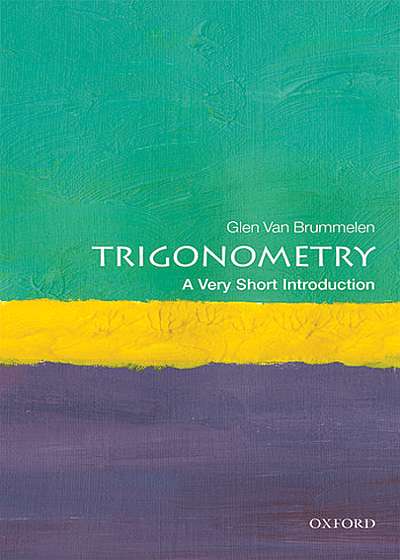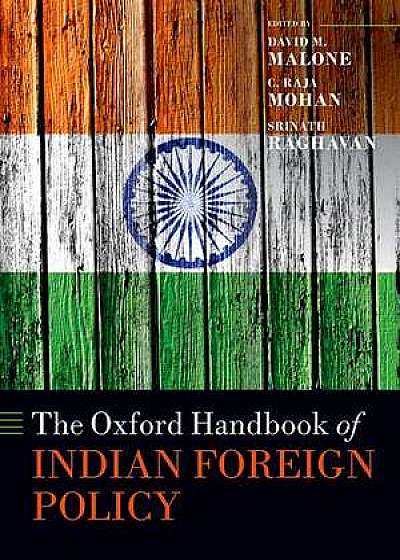
Analysis of India's Ability to Fight a 2-Front War 2018, Paperback/Ravi Rikhye
Descriere
Description The analysis asks one question and has one answer: Can India fight a two-front war against China and Pakistan? The answer is it cannot. Because of the China-Pakistan alliance, we cannot fight even a one-front war: engaging in a war with either adversary runs the risk of weakening the other front, leaving it open to exploitation. The solution, fortunately, is straightforward: build a 2-front war capability. The next problem is equally straightforward: The Government of India is determined not to spend money on defense. Today spending is down to 1. 56% of GDP, lower even than in 1962. And we know how that ended. It takes little imagination to foresee what would have happened if 1962 had become 2-front: Pakistan would have walked over Punjab, perhaps all the way to Delhi, and we would have lost Kashmir too. If we chose to defend Punjab, we would have lost the North East Frontier Agency, now called Arunachal. If we tried to defend both fronts, we would have lost both. For a strong defensive posture, we need to spend the 3 - 3. 5% of GDP we spent 1963-1990, both to modernize and to raise eight more divisions that is the minimum needed. To negotiate from strength, we need 4%+ and to recover our lost territories we need 6%. Our spending is 1. 6% of GDP, lower even than the 1. 9% of 1962. Theoretically, India can fight a 2-front war on land. It can defend its "Near Seas": The Bay of Bengal, the East Arabian Sea, the Gulf of Munnar (waters between India and Sri Lanka), and the Andaman Sea. The Air Force continues deteriorating, it can fight a 1-front war but not two. There are, however, severe problems on the ground. This should not be the situation on the face of it. China can comfortably deploy 10 divisions, Pakistan has 25, including one it calls Force Command Northern Areas, and two it calls "Corps Reserve." That is 35 versus India's 38. The matter is, however, more complex than a simple division count. First, China has ended its policy of assigning formations per





